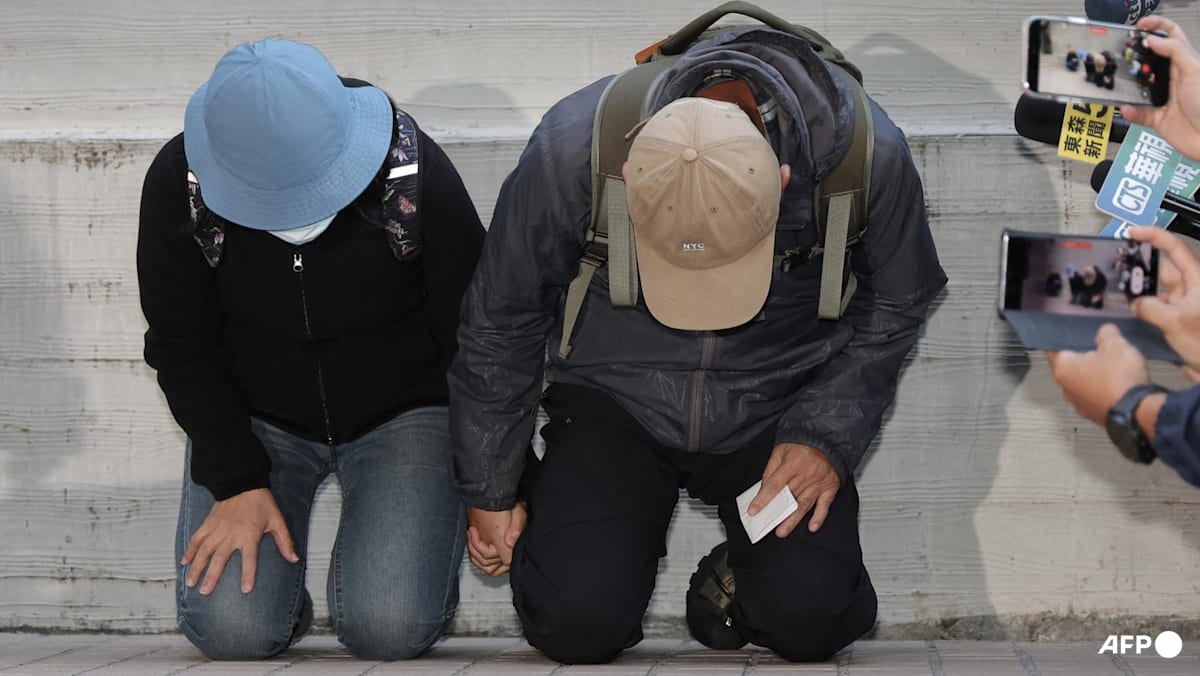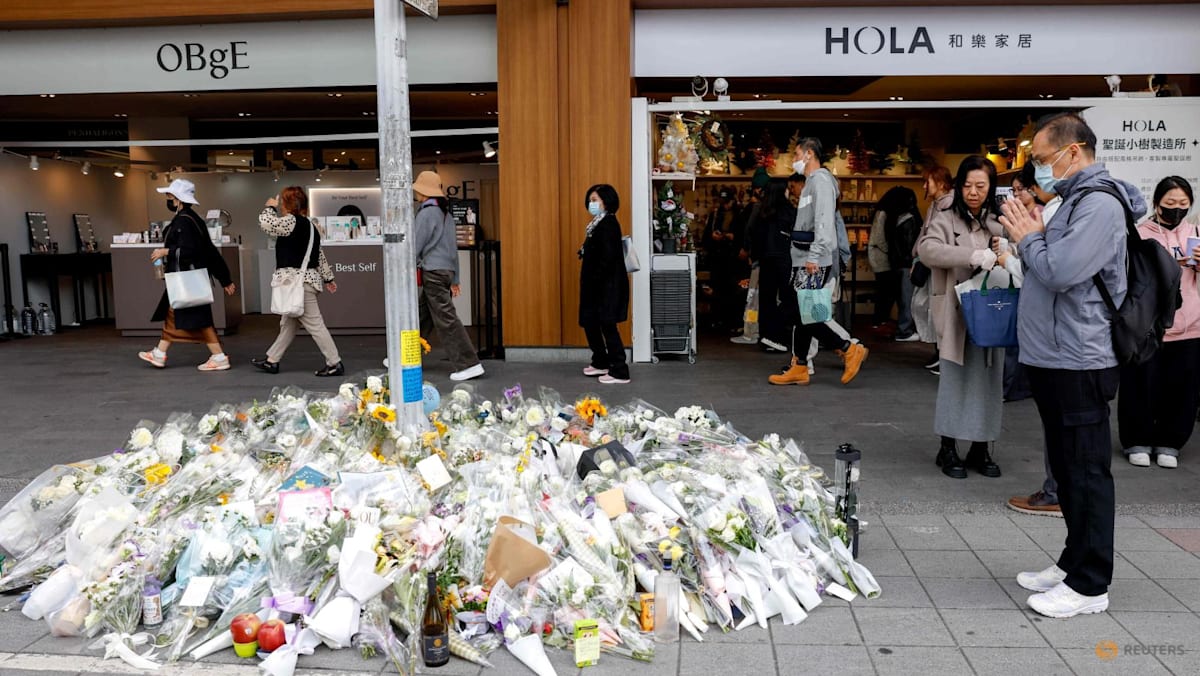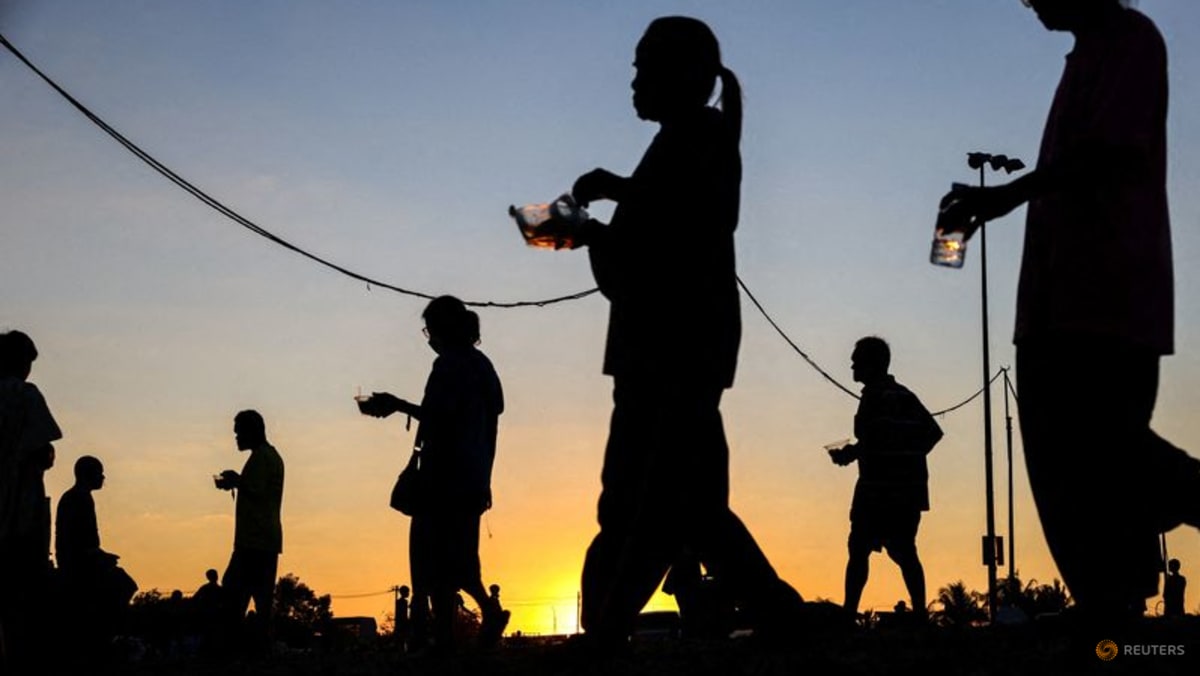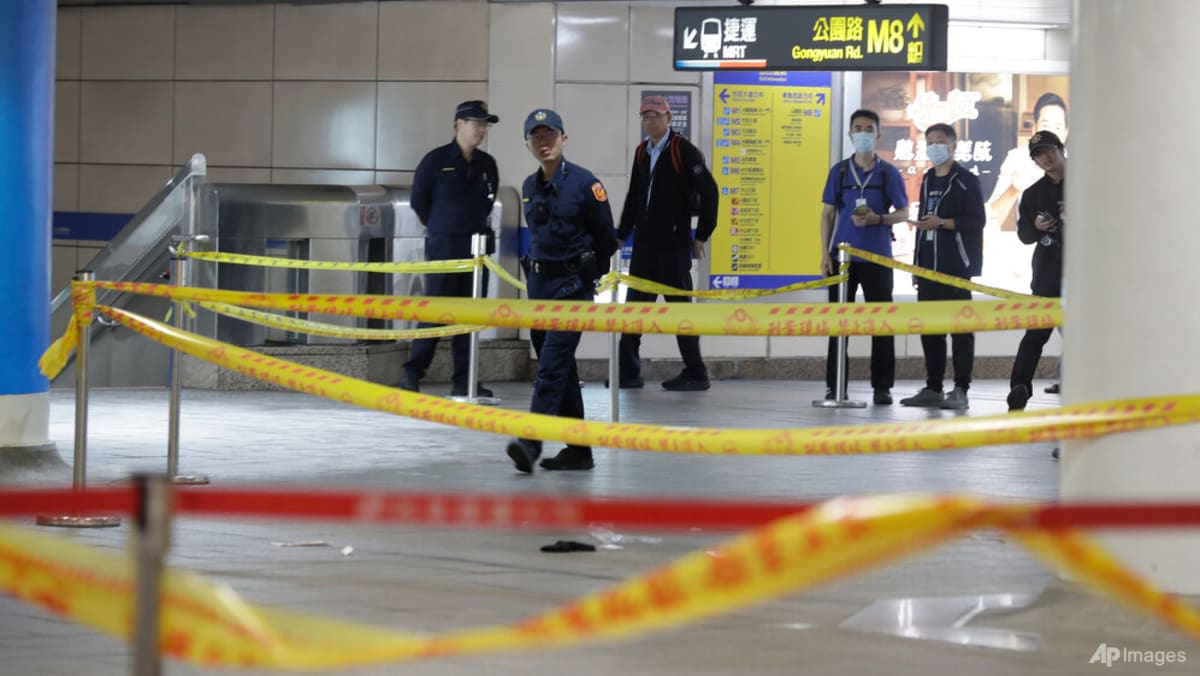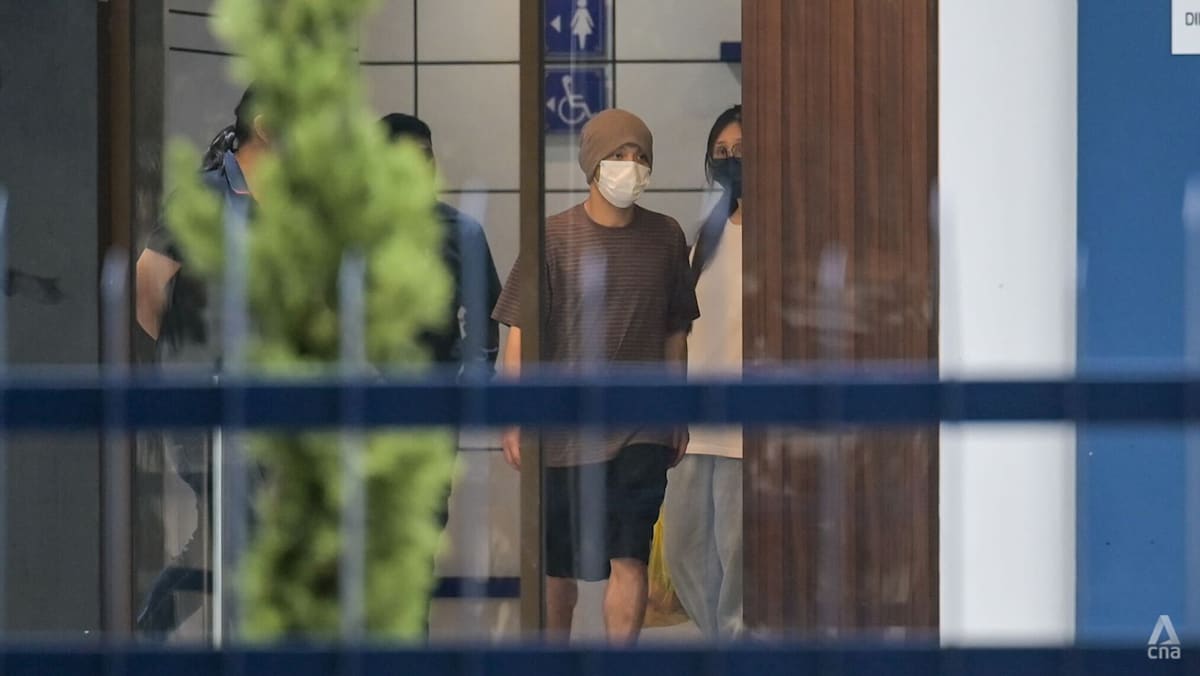Strong earthquake shakes central Japan, injuries reported

TOKYO: A powerful earthquake struck central Japan on Friday (May 5), with local media reporting injuries and collapsed buildings.
The 6.5 magnitude quake hit the central Ishikawa region at 2.42pm (1.42pm, Singapore time) at a depth of 12km, according to the Japan Meteorological Agency.
Shinkansen bullet trains were suspended between Nagano and Kanazawa, a popular tourist destination, but resumed less than two hours later, according to Japan Railway.
No tsunami warning was issued.
Chief Cabinet Secretary Hirokazu Matsuno told an emergency press conference that one person was in cardiac arrest after the quake, but gave no further details.
No abnormalities were reported at the Shika nuclear power plant in the area, or at the Kashiwazaki-Kariwa plant in the neighbouring prefecture of Niigata, Matsuno added.
Japan’s weather authorities revised the quake’s magnitude to 6.5 from a preliminary 6.3, and warned of aftershocks.
“Earthquakes of large magnitude may occur, especially in the next three days,” a meteorological agency official said, adding that tremors followed the large quake.
He urged residents of quake-hit areas to keep watch for about a week in case of further events of seismic intensity 6 or higher on the Japanese scale, which runs to 7.
The government has set up an earthquake response centre headed by Prime Minister Fumio Kishida, Matsuno said.
“Prime Minister Kishida instructed us to do everything in our power for relief and rescue,” he added.
“We will take whatever action is necessary, depending on the damage and impact from the earthquake,” Matsuno said in reply to a query whether the quake would affect plans for Kishida to visit South Korea from Sunday.
Friday is a public holiday in Japan, part of a run of days off known as “Golden Week”, a time when many people travel for leisure or to visit family.
In the city of Suzu, the quake registered an upper six on the Japanese Shindo seismic scale, which goes up to a maximum of seven, meaning it could cause major landslides.
Earthquakes are common in Japan, which sits on the Pacific “Ring of Fire”, an arc of intense seismic activity that stretches through Southeast Asia and across the Pacific basin.
However, Japan has strict construction regulations intended to ensure buildings can withstand strong quakes and routinely holds emergency drills to prepare for a major jolt.
A 6.9 magnitude quake struck a fishing village on the Noto peninsula in the same region in 2007, injuring hundreds and damaging more than 200 buildings.
The Noto peninsula is a rural area on the Sea of Japan coast known for its natural scenery and seafood. The peninsula’s population is around 340,000, according to 2015 census data.
Japan is haunted by the memory of a massive 9.0-magnitude undersea quake off its northeast in March 2011, which triggered a tsunami that left around 18,500 people dead or missing.
The 2011 tsunami also sent three reactors into meltdown at Japan’s Fukushima nuclear plant, causing the nation’s worst post-war disaster and the most serious nuclear accident since Chornobyl.
Source: CNA


